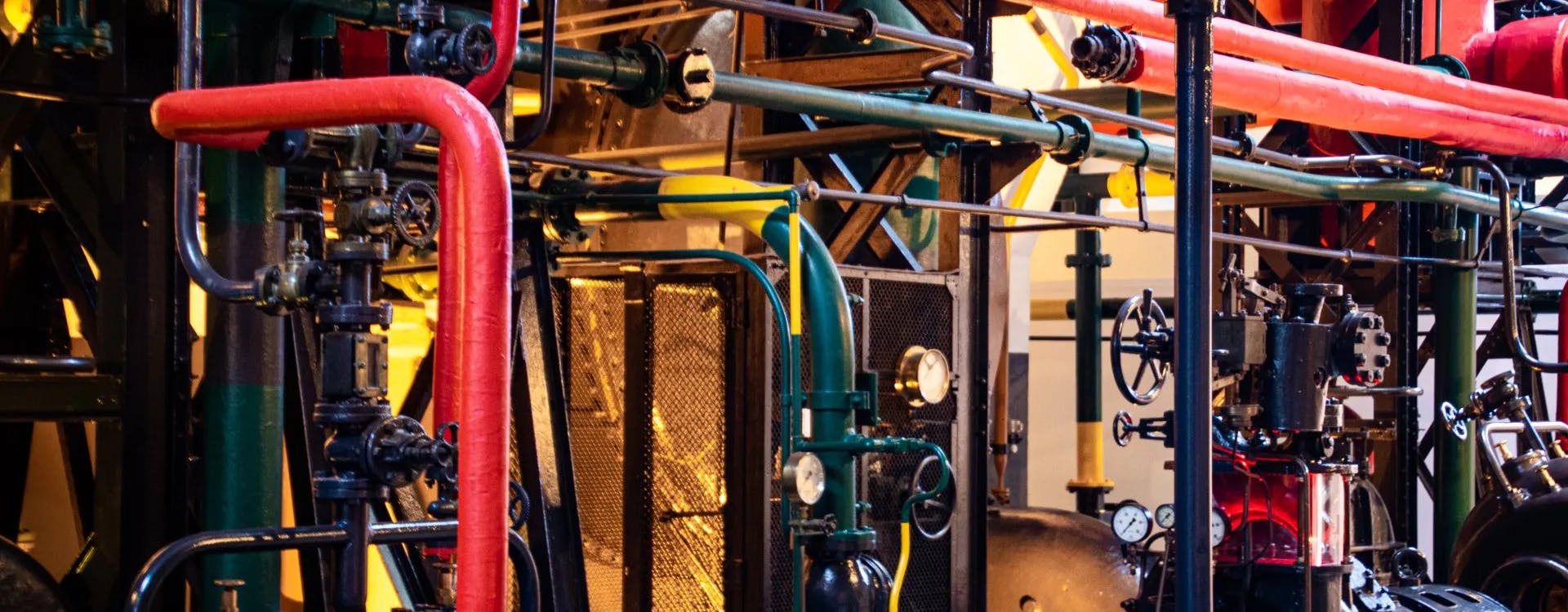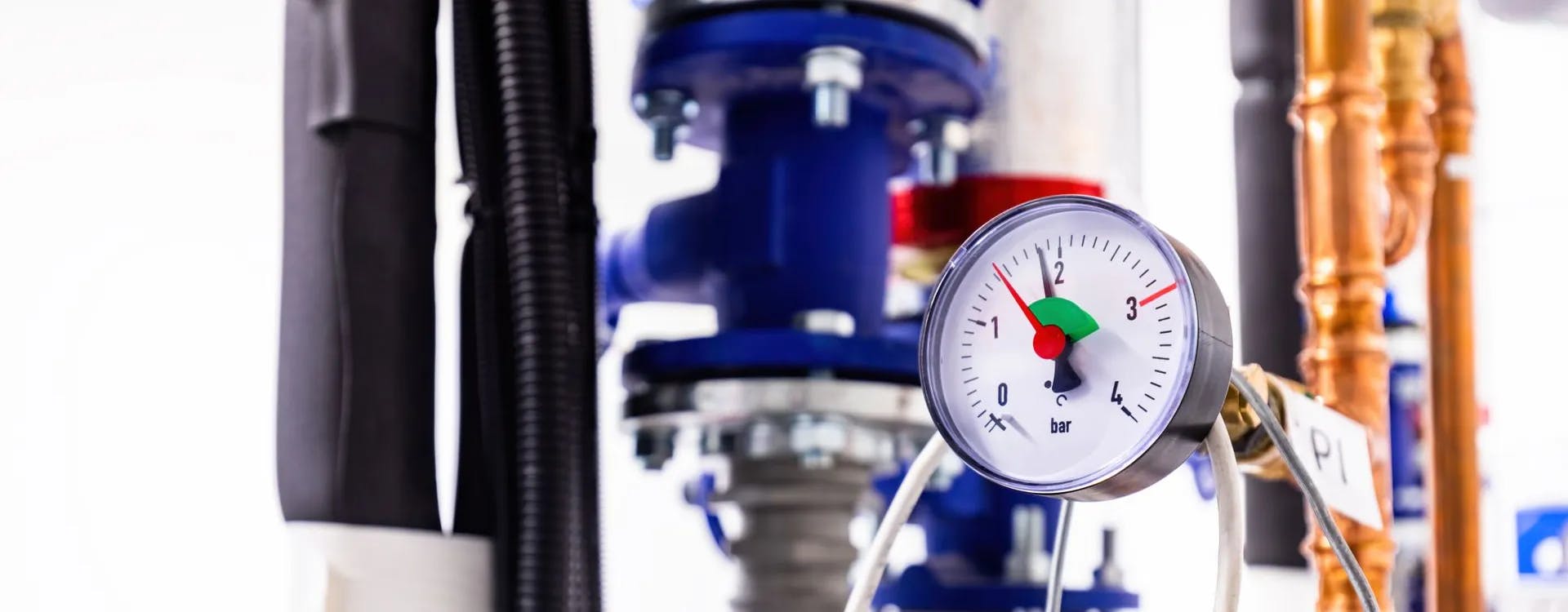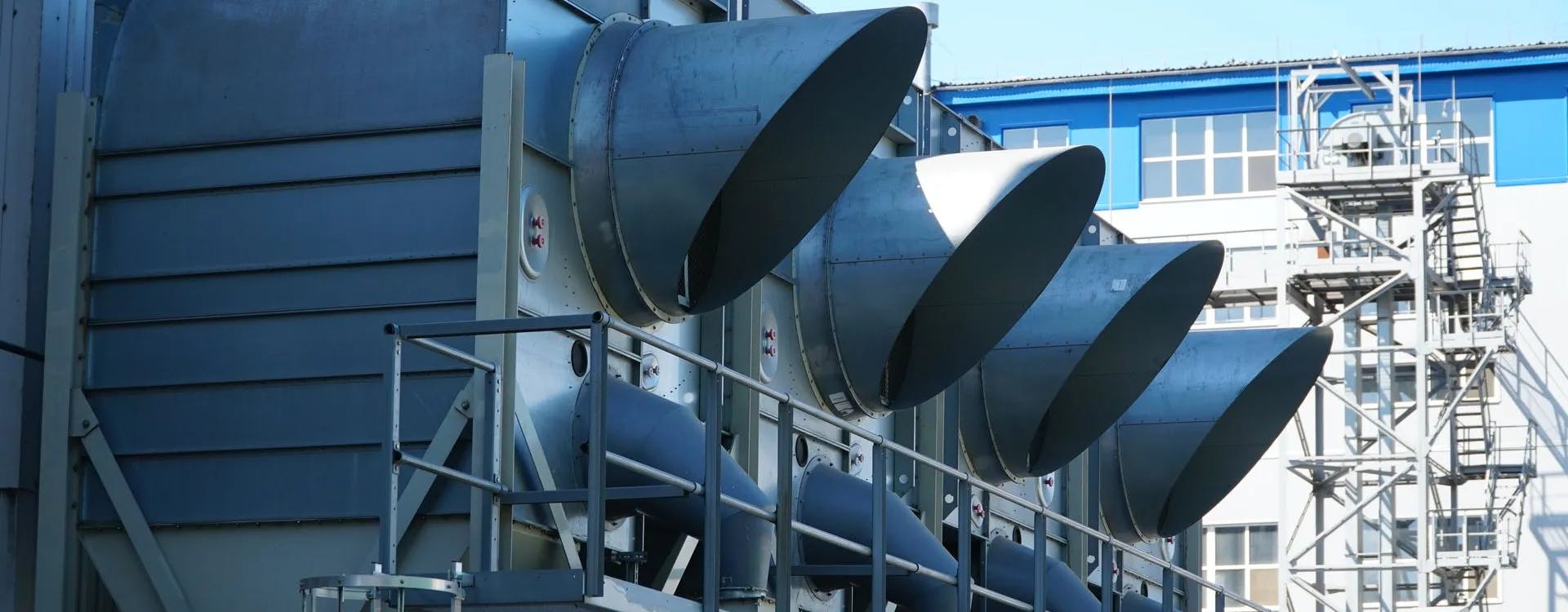Table Of Contents
- What is Electrification in the HVAC Industry?
- The Impact of Electrification on the AEC Industry
- What’s Driving the Trend Toward Electrification?
- Is Electrification a Trend or is it Here to Stay?
- Key Technologies
- Economic Drivers
- Environmental Drivers
- Electric HVAC Systems vs. Gas-Based HVAC Systems
- Key Takeaways
- Sustainability Consulting for HVAC
Table Of Contents
- What is Electrification in the HVAC Industry?
- The Impact of Electrification on the AEC Industry
- What’s Driving the Trend Toward Electrification?
- Is Electrification a Trend or is it Here to Stay?
- Key Technologies
- Economic Drivers
- Environmental Drivers
- Electric HVAC Systems vs. Gas-Based HVAC Systems
- Key Takeaways
- Sustainability Consulting for HVAC

What is Electrification in the HVAC Industry?
The electrification of heating, ventilation, and air conditioning (HVAC) systems has become an increasingly important trend in recent years. As occupants and building owners become more aware of the environmental impact of their energy consumption and look for ways to reduce their carbon footprint, the demand for electric HVAC systems has grown.
There are several benefits to electrifying HVAC systems. Electric HVAC systems do not produce any local emissions and can be powered by renewable energy sources such as solar or wind power. This makes them an attractive option for those who are looking to reduce their impact on the environment.
In addition to being clean and efficient, electric HVAC systems are also becoming more advanced. New technologies such as variable speed motors and inverter-driven compressors allow electric systems to operate more efficiently and save energy. This can lead to significant cost savings for homeowners and businesses.
Heat pumps are a key element of electrification in HVAC systems. These electric components can be used for both heating and cooling and work by transferring heat from one location to another. This makes them an efficient and cost-effective option for many buildings.
Other areas of electrification in the HVAC industry include electric furnaces, electric boilers, and electric air conditioners. Smart thermostats and other home automation technologies are also becoming more common, allowing people to control and monitor their HVAC systems remotely using their smartphones.
There are, however, some challenges and considerations to be aware of when it comes to the electrification of HVAC systems. Initial costs and upfront investments can be a barrier for some, and dependence on the electric grid can be a concern. The availability of renewable energy sources can also be a factor in certain areas.
Despite these challenges, the trend toward electrification in the HVAC industry is likely to continue as architects, engineers, and owners become more aware of the environmental and economic benefits of electric systems. As technology continues to advance and the cost of renewable energy decreases, we can expect to see even more adoption of electric HVAC systems in the future.
The Impact of Electrification on the AEC Industry
The electrification of HVAC systems has had a significant impact on the architecture, engineering, and construction (AEC) industry. Electrifying HVAC systems allow for the use of clean energy sources, such as solar, wind, and hydroelectric power, which can be more efficient and have a lower carbon footprint than fossil fuels. The shift towards electrification has also led to changes in building design, as electric HVAC systems often require different infrastructure and layout than fossil fuel systems. This has resulted in changes in construction practices, as electric HVAC systems require different installation and maintenance procedures. In addition, the move towards electrification has resulted in changes in building codes and regulations, as governments and organizations seek to encourage the adoption of electric technologies and reduce greenhouse gas emissions. According to a report by the International Energy Agency (IEA), the AEC industry has the potential to significantly reduce global energy demand and greenhouse gas emissions through the widespread adoption of electrification and energy efficiency measures in HVAC systems. Heat pumps, in particular, have become an increasingly popular and effective way for buildings to decarbonize, as they can transfer heat from outdoor air or the ground to the inside of a building using refrigerant and electricity, even in colder temperatures. The IEA estimates heat pumps have the potential to reduce global carbon dioxide (CO2) emissions by at least 500 million tons in 2030 – equal to the annual CO2 emissions of all cars in Europe today.

What’s Driving the Trend Toward Electrification?
Is Electrification a Trend or is it Here to Stay?
Electrification in the HVAC industry is likely to continue as a trend in the long term. Several factors support this conclusion:
- Increasing awareness of the environmental impact of energy consumption: As architects, engineers, and owners become more aware of the environmental impact of their buildings’ energy consumption, the demand for electric HVAC systems that are powered by clean, renewable energy sources is likely to continue to grow.
- Advances in technology: The HVAC industry is constantly evolving and new technologies are being developed that make electric HVAC systems more advanced, efficient, and cost-effective. As these technologies become more widely available, the trend towards electrification will likely continue.
- Decreasing cost of renewable energy: The cost of renewable energy sources such as solar and wind power is decreasing, which makes it more affordable for people and businesses to switch to electric HVAC systems.
- Increasing focus on sustainability: Many businesses and organizations are focusing on sustainability as a key goal, and electrification can be a key component of a sustainable energy strategy.
Key Technologies
Several key technologies are driving the trend toward electrification in the HVAC industry. These include:
Variable speed motors: These motors are used in electric HVAC systems to control the flow of air and optimize energy efficiency. They can adjust their speed based on the demand for heating or cooling, which can significantly reduce energy consumption and save on energy costs.
Inverter-driven compressors: These compressors are used in electric air conditioners and heat pumps to control the flow of refrigerant and optimize energy efficiency. They use an inverter to vary the speed of the compressor, which can reduce energy consumption and improve the overall efficiency of the system.
Smart thermostats: These devices allow occupants and building owners to control and monitor their HVAC systems remotely using their smartphones or tablets. They can learn a person's preferred temperature settings and adjust the HVAC system accordingly, which can lead to significant energy savings.
Renewable energy sources: The increasing availability and affordability of renewable energy sources such as solar and wind power is also driving the trend towards electrification in the HVAC industry. These sources can provide a clean and reliable source of electricity for electric HVAC systems, which can help reduce their environmental impact.
Economic Drivers
One of the main business benefits of electrification is that it can lead to reduced energy consumption and lower energy costs. As previously stated, electric HVAC systems are often more efficient than traditional gas-based systems, which can result in significant energy savings for businesses. In addition, the use of renewable energy sources such as solar and wind power can help reduce energy costs further. Although the cost of gas is substantially lower than the cost of electricity, the upfront cost for installing a heat pump can be cheaper than the cost to install a furnace. However, the monthly energy bill is where the real savings kick in. Under ideal conditions, a heat pump can transfer 300 percent more energy than it consumes. In contrast, a high-efficiency gas furnace is about 95 percent efficient. Heat pumps are the only heating technology with potential thermal efficiencies above 100%, meaning they can significantly reduce energy use, operational costs and emissions – and provide circular solutions so that one company’s waste heat can support another company’s heat needs.
Electrification can also lead to reduced maintenance costs, as electric systems tend to have fewer moving parts and require less maintenance than traditional systems. This can help businesses save on repair and maintenance expenses over time.
In addition to reduced operating costs, electrification can also help businesses improve their sustainability and reduce their environmental impact. This can be particularly important for businesses that are looking to improve their reputation and attract environmentally conscious customers.
Environmental Drivers
Advances in renewable energy sources, such as solar and wind power, can impact the adoption of electric HVAC systems by making them a more viable and attractive energy option.
One of the benefits of electric HVAC systems is that they can be powered by renewable energy sources, which can significantly reduce their environmental impact. As renewable energy sources become more advanced and affordable, they can make electric HVAC systems a more cost-effective and sustainable choice. According to a McKinsey report, “for a typical North American grid, heat pumps powered by renewables could produce significantly lower emissions than those from other common heating methods.”
The increasing adoption of solar panels and wind turbines can make it easier and more affordable for homeowners and businesses to switch to electric HVAC systems. In addition, the availability of renewable energy sources can also make electric HVAC systems more reliable, as they are not dependent on fossil fuels that may be subject to price fluctuations or shortages.

Electric HVAC Systems vs. Gas-Based HVAC Systems
Electric HVAC systems can be more efficient and cost-effective than traditional gas-based systems in certain situations.
In terms of efficiency, electric HVAC systems can be more efficient because they do not lose energy through the process of combustion. Gas-based systems, on the other hand, must burn fuel to produce heat, which can result in energy losses. Electric HVAC systems can also be more efficient because they can use advanced technologies such as variable speed motors and inverter-driven compressors to optimize energy usage.
In terms of cost, electric HVAC systems can be more cost-effective in certain circumstances. For example, electric heat pumps can be up to 300% more efficient than gas furnaces, according to a study by the National Renewable Energy Laboratory (NREL). This can lead to significant cost savings for homeowners and businesses, especially in areas where the cost of electricity is lower than the cost of gas.
However, it is important to note that the cost and efficiency of HVAC systems can vary based on many factors, such as the size and location of the building, the climate, and the specific technologies and systems being used. In some cases, gas-based systems may be more cost-effective or efficient than electric systems. It is important to carefully consider these factors and consult with a qualified HVAC professional to determine the best system for a specific situation.
Key Takeaways
The electrification of HVAC systems has become an important point of discussion in recent years due to increased awareness of environmental impact and a desire to reduce the carbon footprint of buildings. Electrifying HVAC systems offer several benefits, including reduced emissions, the ability to be powered by renewable energy sources, and increased efficiency through the use of advanced technologies such as variable speed motors and inverter-driven compressors. The electrification of HVAC systems has had a significant impact on the AEC industry, leading to changes in building design, construction practices, and building codes and regulations. Despite challenges such as initial costs and dependence on the electric grid, the trend toward electrification in the HVAC industry is likely to continue to accelerate.
Sustainability Consulting for HVAC
cove.tool streamlines advanced energy modeling and performance analysis for architects through AI-powered sustainability consulting. Our services simplify compliance and performance challenges and enhance design success and project profitability. For example, with project.assist, gain a comprehensive view of your project's energy usage and performance through an Energy Analysis report. With revgen.tool, a revolutionary design assist solution, building product manufacturers are equipped with critical data (such as advanced energy and carbon simulations) to help guide architects' product decisions to optimize HVAC design early in the design process.
Both project.assist and revgen.tool's design.assist offer on-demand, client-ready reports with expert assistance to maximize design impact through cost-effective and innovative sustainability insights.
For detailed information on how these tools can optimize your HVAC design, visit project.assist and revgen.tool pages.
